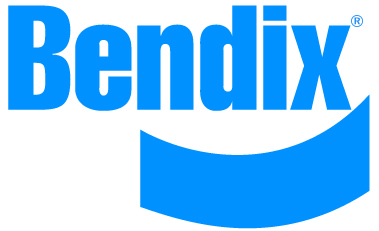ELYRIA, Ohio — Bendix Commercial Vehicle Systems LLC supports the National Highway Traffic Safety Administration’s (NHTSA) choice of ESC (Electronic Stability Control) for its final rule requiring full-stability technology on Class 7 and Class 8 truck tractors and motorcoaches with a gross vehicle weight rating of greater than 11,793 kilograms (26,000 pounds). NHTSA will implement the mandate in three phases, starting Aug. 1, 2017, for most 3-axle tractors.
“At Bendix, we always prefer to let the market be the catalyst to drive safety technology adoption. We believe ESC stands alone in terms of safety, performance, and value. And we have also seen a market acceptance of this technology – over RSC – at a rate of three to one,” said Fred Andersky, Bendix director of government and industry affairs. “This technology is another positive step on the part of our industry toward helping to further improve highway safety.”
Full-stability technology – which at Bendix is known as Bendix ESP Electronic Stability Program – fully complies with the NHTSA rule. Andersky cautioned that it is critical for fleets currently equipping their vehicles either with ABS only, or with roll-only stability systems, to understand three key differences in order to better prepare for the arrival of full stability.
First, full-stability systems use more sensors than either ABS or roll-only stability systems, creating a more comprehensive system capable of addressing both roll and directional stability. These additional sensors enable the unit to more quickly recognize factors that could lead to vehicle rollovers or loss-of-control. On dry surfaces, this means the system recognizes and mitigates conditions that could lead to rollover and loss-of-control situations sooner than roll-only options. Full-stability technology also functions in a wider range of driving and road conditions than roll-only systems, including snowy, ice-covered, and slippery surfaces. ABS systems are not designed to react to potential roll or loss-of-control situations.
Second, interventions can also differ. Full-stability systems rely on automatic brake interventions involving the steer, drive, and trailer axles, whereas roll-only systems typically apply the brakes only on the drive and trailer axles. Slowing the vehicle quickly helps mitigate rollovers faster, while slowing and redirecting can help the driver maneuver in loss-of-control situations.
Third, stability systems are the foundation for advanced active safety technologies. For example, as a collision mitigation system detects a possible collision with a forward vehicle and automatically applies the brakes in order to prevent or lessen its severity, the brake system should help the vehicle maintain its stability throughout the maneuver. This level of performance is best achieved with a full-stability system that is consistent with the new NHTSA rule.
“In our view, the market had already made its technology choice known prior to the formal introduction of NHTSA’s rule. Industry-wide, full stability is outselling roll-only technology three to one, up from three to two in previous years,” notes Andersky. “The increasing adoption of ESC demonstrates the willingness by fleets to invest in the technology because of full stability’s ability to help reduce the number of heavy truck accidents, improve safety records, and deliver the return on investment that fleets need.”








